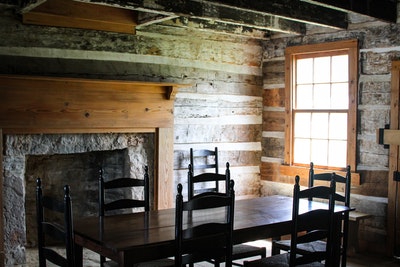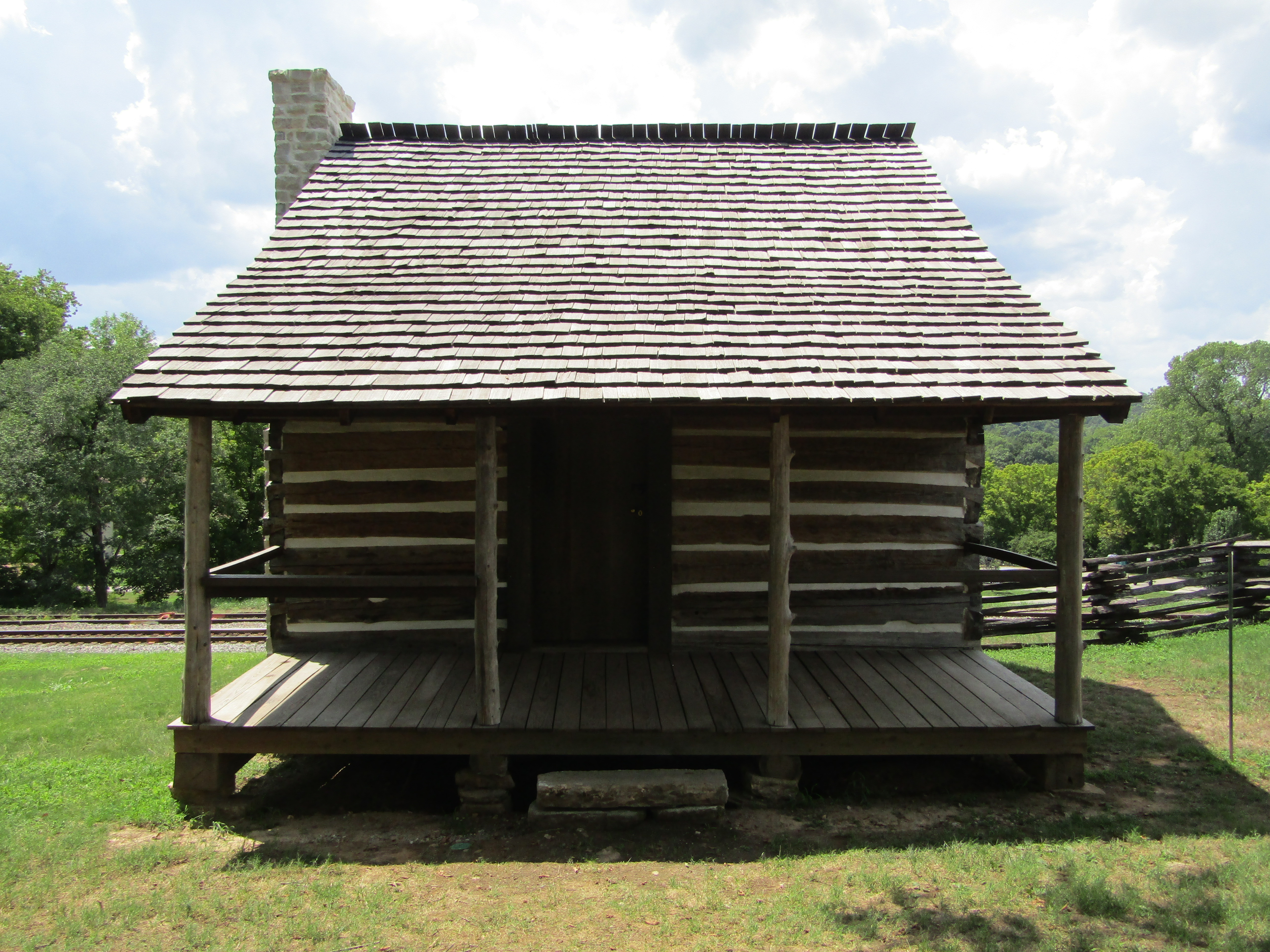Jacob Wolf House

1829 Jacob Wolf House

Jury Room inside the Jacob Wolf House
Who Was Jacob Wolf?

Jacob Wolf was a merchant, builder of log structures, carpenter, and blacksmith. He was elected as a representative to the General Assembly of Arkansas Territory in 1826. The two-story dogtrot structure was constructed by Jacob Wolf in 1829 as the first permanent courthouse for Izard County in Arkansas Territory. The Wolf House sits in present-day Norfork (Baxter County) above where the White and Norfork rivers meet. The building served thousands of early settlers finding their way into the central highlands of north Arkansas. People from the surrounding area would set up temporary quarters on the grounds to socialize and participate in their favorite activities while court was in session. Notably, John P. Houston, brother of American legend Sam Houston, served as a county clerk in this courthouse. The site was used as a river port, center of trade, and as a seat of justice.
Why Is This Site Important?
The Wolf House was listed on the National Register of Historic Places in 1973. The National Park Service documented in 2013: “Notably, it is the only surviving example with at least moderate historic integrity constructed for a civic purpose; the others were private homes or early stagecoach inns and taverns.” It is the last remaining two-story dog-trot public structure in the United States.
The Jacob Wolf House Historic Site is certified by the National Park Service-National Trails Office as an official Trail of Tears Interpretive Center. The Benge Route of the Cherokee Trail of Tears traversed through the Ozark mountains and passed through Liberty, Territorial Arkansas, (present day Norfork), in December 1838 and January 1839 with approximately 1100 men, women, and children under the direction of Captain John Benge. The Wolf House is documented as a “witness site” to that event. Reportedly, Jacob Wolf repaired some of their carriages and wagons. Interpretation about the Benge Route and Trail of Tears is available at the historic site. For those interested in the story of the Trail of Tears, the historic site has an official Trail of Tears stamp for documenting your visit on the NPS Passport booklets.

.jpg?sfvrsn=334cc951_0)

